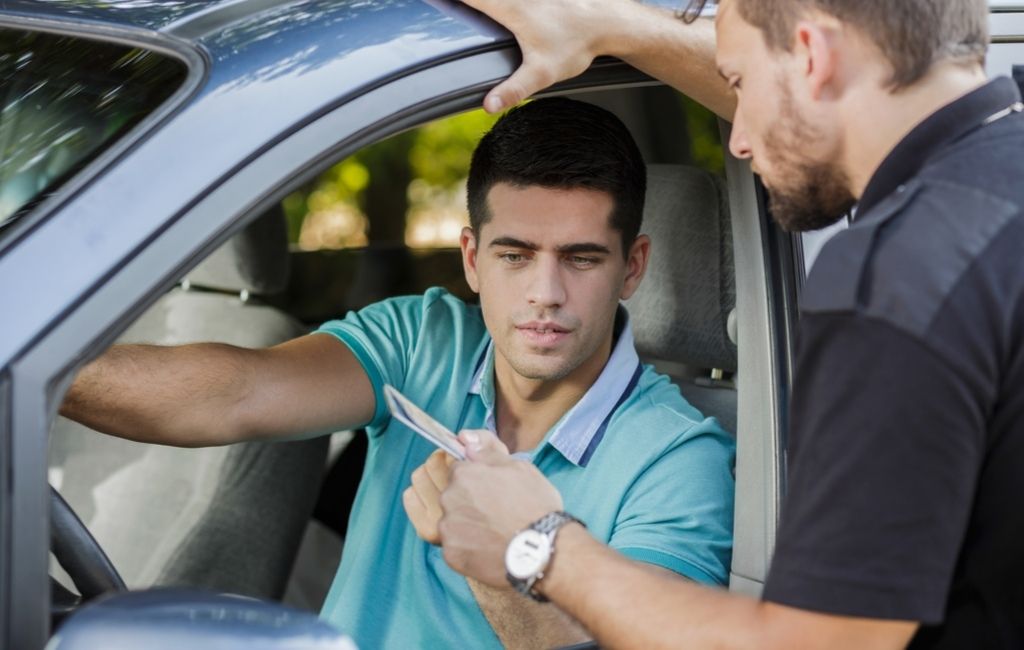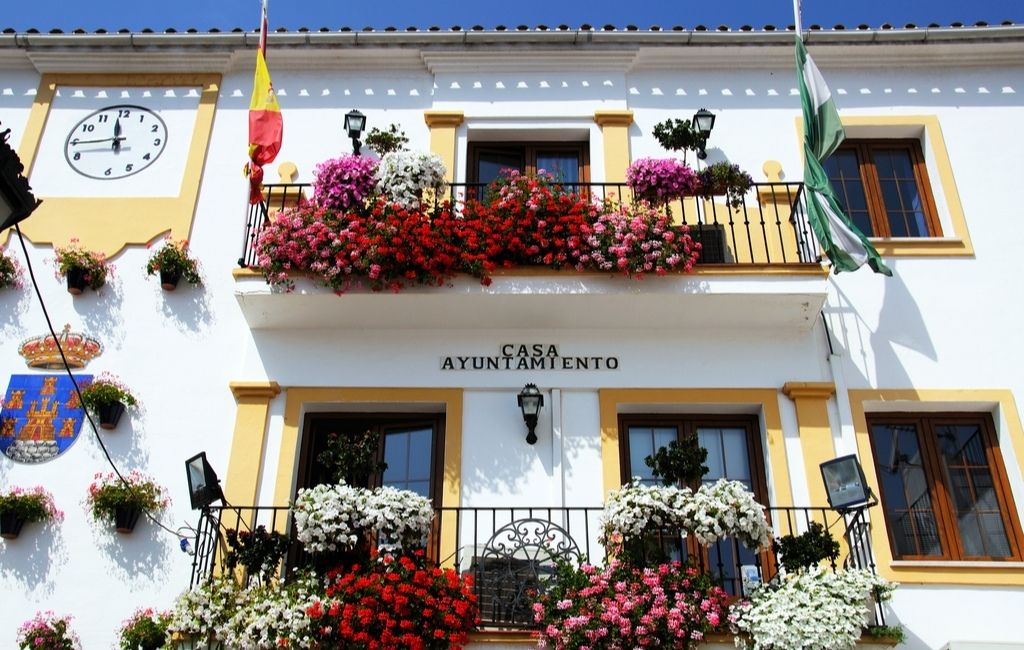If you’re living in Spain, it’s vital that you sign on to the Padrón. So here is a complete guide to what it’s all about and how to register.
What is the Padron?
It’s a registry at the local Town Hall where you live in Spain – the equivalent of being on the electoral roll in the UK, but there’s more to it than that. In a nutshell, it’s a registration to say that you live at a property.
What is The Padron Certificate (‘Certificado de Empadronamiento’)?
It’s a dated certificate to say you’re registered on The Padron. When using this certificate, it must be less than 90 days old to act as proof of address. This doesn’t mean you have to renew your certificate every 3 months, you just renew it when you know you’re going to need an up to date one – the town hall will request a renewal, usually every 5 years if you’ve not done it in that time.
If you’re a couple or a family you should all sign on – for on initial registration you should all be there, although some town halls allow the main family member to bring all of the IDs and documents/proofs – check in advance with the town hall.

Do you need to carry the certificate with you?
No, you don’t generally have to have it with you unless it’s specifically needed.
Should non-residents with a Spanish property be on The Padron?
Not really, because you’re not officially living there – you’re on holiday or visiting, and it could have tax implications if it looks like you’re spending time there which makes you a fiscal resident and liable for tax. Some town halls in the past have encouraged non-residents to sign on (see the benefits to them below).
What to do if you live in more than one property
You should register in the municipality of your main residence (the one you spend the most time at). You can only sign on in one place at a time.
Is Padron the same as residency?
No – you should be able to sign on The Padron before you register for residency, although occasionally in certain circumstances people have been asked for proof of residency first – which creates a ‘chicken & egg’ situation!
Benefits for you
The certificate proves you live there, so is an official document of proof of address – it’s the most common form of proof of address in all organisations and vital for things like Social Security, Trafico, Foreigners Department, health centres, schools, driving licence, pensioners card, anytime you need a proof of address. It’s not a form of ID, but along with your ID, it definitively and officially proves where you live.
Some discounts apply in certain regions, including IBI/Suma (property tax) and certain other taxes, local events/fiestas, and municipal gyms/swimming pools. Also, you can vote in European elections. Ask at your local town Hall about the benefits in your area (Note: benefits of pensioners’ card include cheap menu del dia, cheap travel etc.)
Benefits for the council
They receive funds from the central government for each person on The Padron so it’s in their interests to get as many as possible.

How and where do you register?
You must register to be on the Padron at your local Town Hall (Ayuntamiento). Some bigger municipalities can have more than one place to register and there may be more appointments at one than the others so it’s worth checking so you don’t have to wait so long.
It’s also checking there’s an English speaking official there if you’re not fluent in Spanish. If not, take someone with you who is to make the job easier. There are differences and nuances at different town halls (of course there are, this is Spain!)
What you need to prove
1/ who you are –
You’ll need your ID (national identity document) – this would be your passport (most likely) or ID card – you can’t be registered without this – minors will also need a birth certificate (apostilled and translated into Spanish by an official translator)
If you already have an NIE number or residency card, take this with you too, because the number will be used on your certificate.
2/ where you live –
This depends on whether you’re owning or renting – for ownership you will need the property deeds or nota simple (available from the land registry), and for rentals, the rental contract. In addition, you’ll need supporting documents like a recent utility bill or property tax bill (this is issued by the same town hall).
Properties are registered at the land registry under a Catastral number, so this will be checked by the town hall, it’s public knowledge and can be checked online.
If you’re living with someone who’s either on The Padron or is registering at the same time, they should be with you and you’d register together (they’ll need to sign a declaration). For rentals, town halls will also ask for proof that the landlord is the owner and legally entitled to rent the property.
Most town halls require a minimum of 6 months rental contract, some a minimum of 11 months (this is to do with the type of rental contract you have – there are two kinds, one which automatically allows the contract to be renewed on an ongoing basis, the other doesn’t specify that – check with a good Gestor to make sure you get the best rental contract in the first place)
What does it cost and how long does it take?
It’s either free or a very small fee (less than €5 usually). It takes 5 mins to fill in the form – you could take it away to fill in and bring it back for the appointment if you’re unsure. Townhall staff will help you if you ask nicely. It takes anything up to a month to receive your certificate depending on the municipality – it’s best to ask when you make the application.
Certificate variations
It is worth knowing that there are two variations of the certificate.
Certificado de Empadronamiento, either individual or collective – (collective certificates can make it easier sometimes when you’re showing documents to Social Security or tax returns, for example, they prefer the family unit to be shown on the one document)
Certificate Historico, which proves how long you’ve been on The Padron











0 Comments